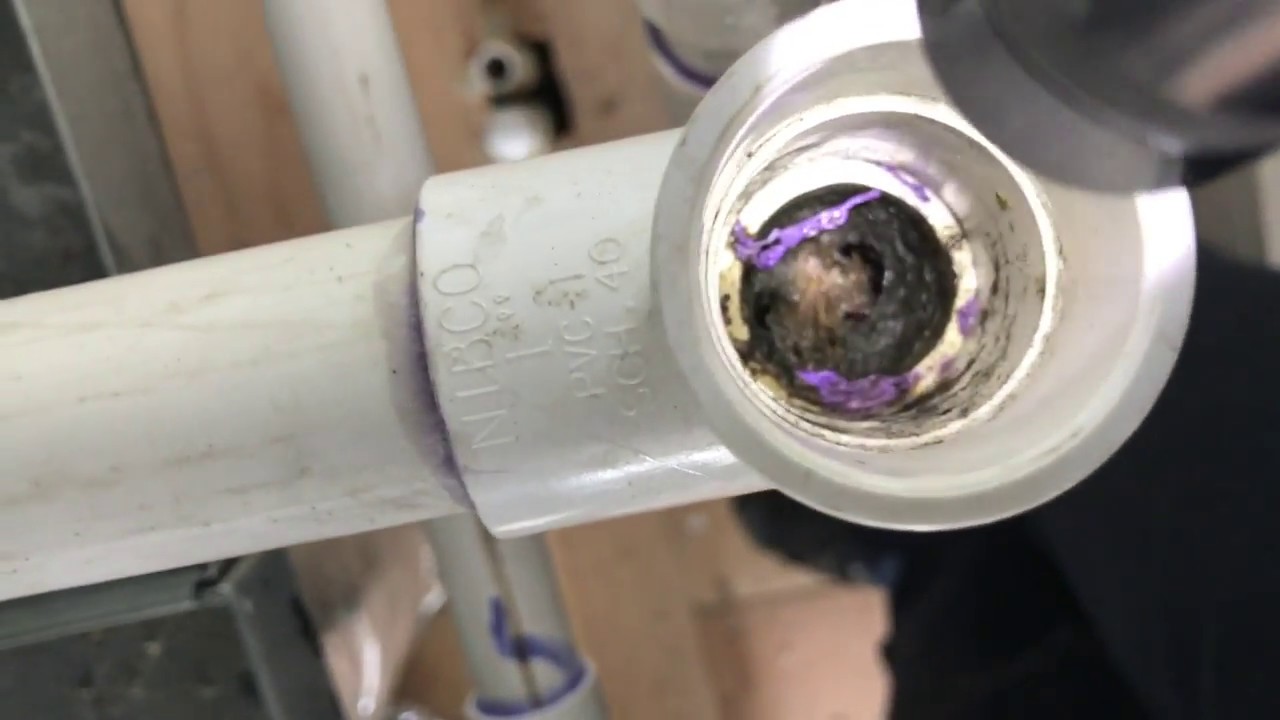

Articles
How To Unclog AC Drain Line
Modified: March 25, 2024
Learn how to easily unclog your AC drain line with these helpful articles. Prevent water damage and keep your air conditioning unit running smoothly.
(Many of the links in this article redirect to a specific reviewed product. Your purchase of these products through affiliate links helps to generate commission for Storables.com, at no extra cost. Learn more)
Introduction
Having a properly functioning air conditioner is crucial, especially during the hot summer months. However, a clogged AC drain line can cause significant problems and affect the performance of your cooling system. To ensure your AC is running efficiently, it is important to understand how to unclog the drain line.
In this article, we will provide you with a step-by-step guide on how to unclog your AC drain line, as well as offer some alternative methods for clearing the clog. We will also discuss preventive measures you can take to avoid future clogs and ensure your air conditioner remains in optimal condition.
Before we jump into the unclogging process, let’s first take a moment to understand the function of the AC drain line and why it is prone to clogging.
Key Takeaways:
- Regular maintenance and prompt action are crucial for preventing water damage and maintaining the efficiency of your air conditioning system. Recognizing signs of a clogged AC drain line and taking immediate steps to unclog it can save you from costly repairs.
- Gather the necessary tools and materials, such as a wet/dry vacuum, pipe brush, warm water, and vinegar, to effectively unclog your AC drain line. If initial methods fail, consider alternative techniques or seek professional assistance to ensure proper drainage and prevent future clogs.
Read more: How Much Vinegar To Clean AC Drain Line
Understanding the AC Drain Line
The AC drain line plays a crucial role in the proper functioning of your air conditioning system. Its primary function is to remove condensation that accumulates during the cooling process. As the air conditioner cools the air, moisture in the air condenses and forms water droplets. This water needs to be drained out of the unit to prevent it from accumulating and causing damage.
The AC drain line is usually a PVC pipe that is connected to the evaporator coil, which is located inside the air conditioning unit or the furnace. It is responsible for carrying the condensation away from the unit and directing it outside your home. The drain line is designed to carry the water to a drain or to the outside of your home, keeping the indoor unit dry and preventing water damage.
Over time, the AC drain line can become clogged with dirt, debris, or even algae growth. This can obstruct the flow of condensation and cause water to accumulate inside the unit, leading to potential water damage and affecting the cooling efficiency of your air conditioner. Therefore, it is important to recognize the signs of a clogged AC drain line and take prompt action to unclog it.
Now that we understand the importance of the AC drain line and why it can become clogged, let’s move on to the next section where we will discuss the signs that indicate a clogged drain line.
Signs of a Clogged AC Drain Line
A clogged AC drain line can have several noticeable signs that indicate a problem. Recognizing these signs early on will help you take necessary actions to prevent further damage to your air conditioning system. Here are some common signs of a clogged AC drain line:
- Water leakage: One of the most obvious signs of a clogged drain line is water leakage. If you notice water pooling around your indoor unit, this could be an indication that the drain line is blocked and the condensation is unable to flow out properly.
- Musty odor: When the AC drain line is clogged, stagnant water can accumulate in the unit, leading to the growth of mold and mildew. This can result in a musty odor emanating from your air conditioner or the surrounding area.
- Increased humidity: A clogged AC drain line prevents proper drainage of moisture from the air conditioning unit. As a result, you may notice an increase in indoor humidity levels, making your home feel damp and uncomfortable.
- Reduced cooling efficiency: When the drain line is blocked, the air conditioning unit may struggle to remove excess moisture from the air. This can impact the cooling efficiency of the system, resulting in reduced performance and higher energy bills.
- Noise from the unit: A clogged drain line can cause gurgling or bubbling sounds to come from the air conditioning unit. This is due to the trapped air in the drain line, attempting to escape when water tries to pass through the obstruction.
If you notice any of these signs, it is important to take immediate action to unclog the AC drain line. Neglecting a clogged drain line can lead to serious water damage, mold growth, and costly repairs.
Now that you are familiar with the signs of a clogged AC drain line, let’s move on to the tools and materials you will need to unclog it.
Tools and Materials Needed
Unclogging an AC drain line doesn’t require a lot of specialized tools or equipment. In fact, you likely have most of the necessary items already available in your toolbox. Here are the tools and materials you will need:
- Wet/dry vacuum: A wet/dry vacuum with a flexible hose attachment is an effective tool for removing clogs from the AC drain line.
- Bucket or towel: Place a bucket or towel underneath the AC unit to catch any water that may overflow during the unclogging process.
- Pipe brush or long brush: A pipe brush or a long brush with flexible bristles will come in handy for removing debris or mold buildup from the AC drain line.
- Algaecide or vinegar: If there is algae growth in the drain line, you may need an algaecide or vinegar to kill the algae and prevent future growth.
- Warm water: Warm water will be needed for flushing out the drain line and removing any remaining debris.
- Screwdriver or wrench: You may need a screwdriver or wrench to access the air conditioning unit and remove the drain line if necessary.
Having these tools and materials readily available will make the unclogging process much smoother and more efficient.
Now that you have gathered the necessary tools and materials, let’s move on to the step-by-step guide for unclogging your AC drain line.
Pour a mixture of vinegar and hot water down the AC drain line to help break up and clear any clogs. Repeat this process regularly to prevent future clogs.
Step-by-Step Guide to Unclog AC Drain Line
Unclogging your clogged AC drain line is a relatively simple process that you can do on your own. Follow these step-by-step instructions to get your drain line flowing smoothly again:
- Turn off the power: Before you begin, make sure to turn off the power to your air conditioning system. This will prevent any accidents or injuries during the unclogging process.
- Locate the drain line: Find the AC drain line, which is typically a PVC pipe connected to the indoor unit. It may be located near the condensate pan or the main unit itself.
- Remove the clog: Use a wet/dry vacuum with a flexible hose attachment to remove the clog from the drain line. Place the hose over the opening of the drain line and create a tight seal. Turn on the vacuum to suction out the clog, pulling it out of the pipe.
- Clean the drain line: Use a pipe brush or a long brush with flexible bristles to clean the inside of the drain line. This will help remove any remaining debris or mold buildup. Alternatively, you can pour a mixture of equal parts water and vinegar down the drain line to eliminate any algae growth.
- Flush the drain line: Fill a bucket with warm water and slowly pour it into the AC drain line. This will help flush out any remaining debris and ensure the line is clear. Continue pouring water until it flows freely out of the drain line.
- Test the system: Once you have unclogged and flushed the drain line, turn the power back on and run your air conditioning system. Check for any water leaks or signs of clogging. If the system is running smoothly and there are no issues, then you have successfully unclogged the AC drain line.
Following these steps will help you effectively unclog the drain line and prevent any further issues with your air conditioning system. However, if you encounter any difficulties or the clog persists, it is recommended to seek professional assistance.
Now, let’s explore some alternative methods you can try if the above steps are not successful in unclogging your AC drain line.
Read also: 14 Best AC Drain Line Cleaner for 2024
Alternative Methods to Unclog AC Drain Line
If the step-by-step guide mentioned earlier doesn’t completely unclog your AC drain line, there are a few alternative methods you can try to resolve the issue. Here are some additional techniques:
- Using a drain line cleaning kit: Drain line cleaning kits, available at hardware stores, can be effective in clearing stubborn clogs. These kits typically include a cleaning solution that dissolves debris and buildup in the drain line.
- Using a CO2 cartridge: Some AC drain line cleaning products come in the form of CO2 cartridges. These cartridges release a burst of pressure into the drain line, dislodging clogs and clearing the blockage.
- Using a homemade solution: You can create a homemade solution for unclogging the AC drain line by mixing equal parts of baking soda and vinegar. Pour this mixture down the drain line and let it sit for several hours. Then flush the line with hot water to remove the dissolved debris.
- Calling a professional: If all else fails or if you are unsure about performing these tasks yourself, it is best to seek the help of a professional HVAC technician. They have the expertise and specialized tools to tackle stubborn clogs and ensure your AC drain line is clear and functioning properly.
Remember, it is important to take action quickly when dealing with a clogged AC drain line to prevent any further damage to your air conditioning system. Regular maintenance and cleaning of the drain line can help prevent clogs from occurring in the first place.
In the next section, we will outline some preventive measures you can take to keep your AC drain line in good condition and minimize the risk of clogs.
Preventing Future Clogs
Prevention is key when it comes to keeping your AC drain line clear and avoiding future clogs. Here are some preventive measures you can take:
- Regular maintenance: Schedule regular maintenance for your air conditioning system with a professional HVAC technician. They will inspect and clean the AC drain line, ensuring it remains free from debris and potential clogs.
- Change the air filter: A dirty or clogged air filter can contribute to the formation of debris in the AC drain line. Regularly replace or clean your air filters, based on the manufacturer’s recommendations, to ensure proper airflow and minimize the risk of clogs.
- Keep the area around the indoor unit clean: Regularly dust and clean the area around your indoor AC unit. This will prevent dust, dirt, and debris from entering the unit and potentially clogging the drain line.
- Ensure proper drainage: Make sure the AC drain line is properly installed and has a downward gradient to allow for efficient drainage. This prevents water from pooling and reduces the risk of clogs.
- Use an algaecide: To prevent algae growth in the AC drain line, periodically treat it with an algaecide. Follow the manufacturer’s instructions and use it as a preventive measure to inhibit the growth of algae and mold.
- Inspect the drain line regularly: Periodically inspect the drain line for any signs of clogs, such as water leaks or reduced airflow. If you notice any issues, take immediate action to unclog the line before it causes further damage.
By incorporating these preventive measures into your routine maintenance, you can significantly reduce the chances of experiencing a clogged AC drain line. Regular inspections and maintenance will help keep your air conditioning system running efficiently and extend its lifespan.
Now, let’s conclude our discussion on unclogging the AC drain line.
Conclusion
Unclogging an AC drain line is a relatively simple task that can be done on your own with the right knowledge and tools. By following the step-by-step guide outlined in this article, you can effectively clear the clog and restore proper drainage to your air conditioning system.
Recognizing the signs of a clogged drain line, such as water leakage, musty odors, and reduced cooling efficiency, is crucial in addressing the issue promptly. Taking immediate action to unclog the drain line can prevent further damage, water leaks, and potential mold growth.
Remember to gather the necessary tools and materials before starting the unclogging process. A wet/dry vacuum, pipe brush, warm water, and vinegar or algaecide are some of the items you will need to have on hand.
If the initial unclogging methods do not completely resolve the issue, alternative methods such as using a drain line cleaning kit or seeking professional assistance can be considered. Taking preventive measures, such as regular maintenance, changing air filters, and keeping the area around the indoor unit clean, can help minimize the risk of future clogs.
By properly maintaining your AC drain line and taking proactive steps to prevent clogs, you can ensure the efficient and long-lasting performance of your air conditioning system.
Remember, if you are uncertain or uncomfortable performing the unclogging process yourself, it is best to consult a professional HVAC technician who can address the issue safely and effectively.
Now that you are equipped with the knowledge to unclog your AC drain line, go ahead and take action to keep your air conditioning system running smoothly and comfortably!
Frequently Asked Questions about How To Unclog AC Drain Line
Was this page helpful?
At Storables.com, we guarantee accurate and reliable information. Our content, validated by Expert Board Contributors, is crafted following stringent Editorial Policies. We're committed to providing you with well-researched, expert-backed insights for all your informational needs.
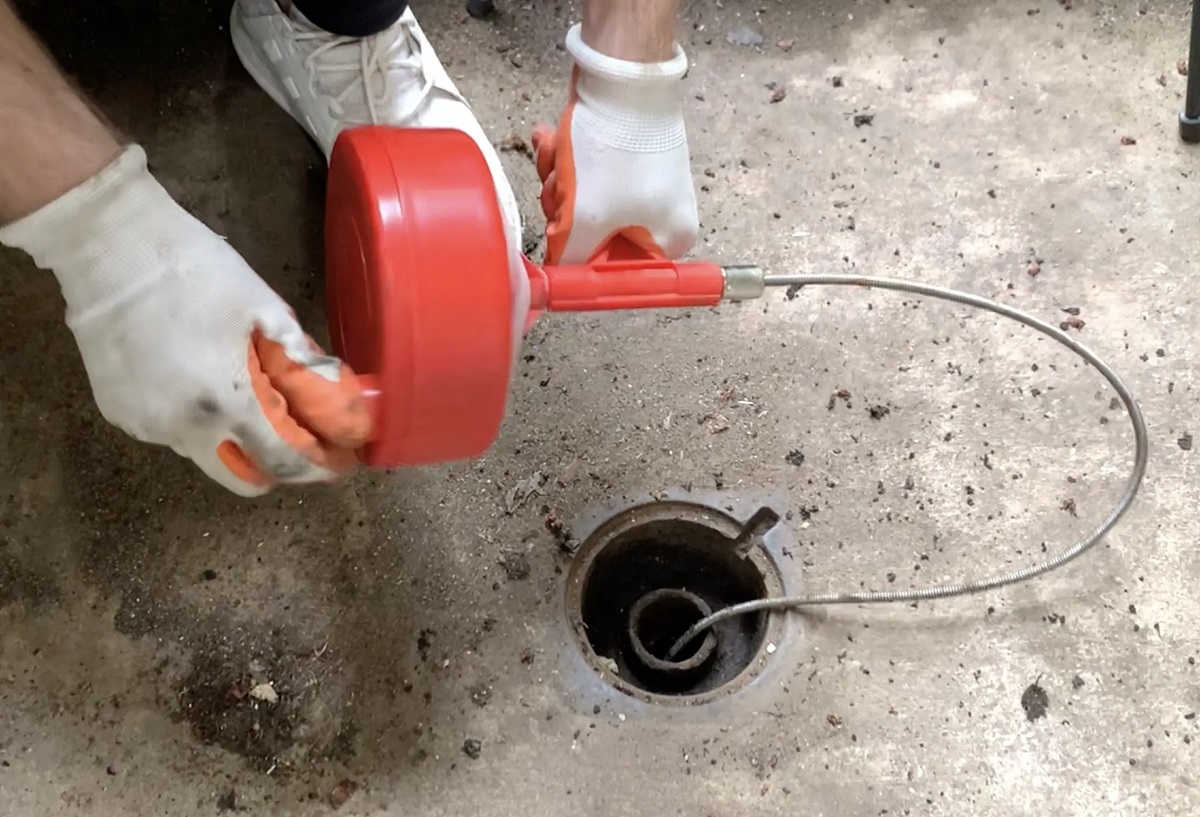

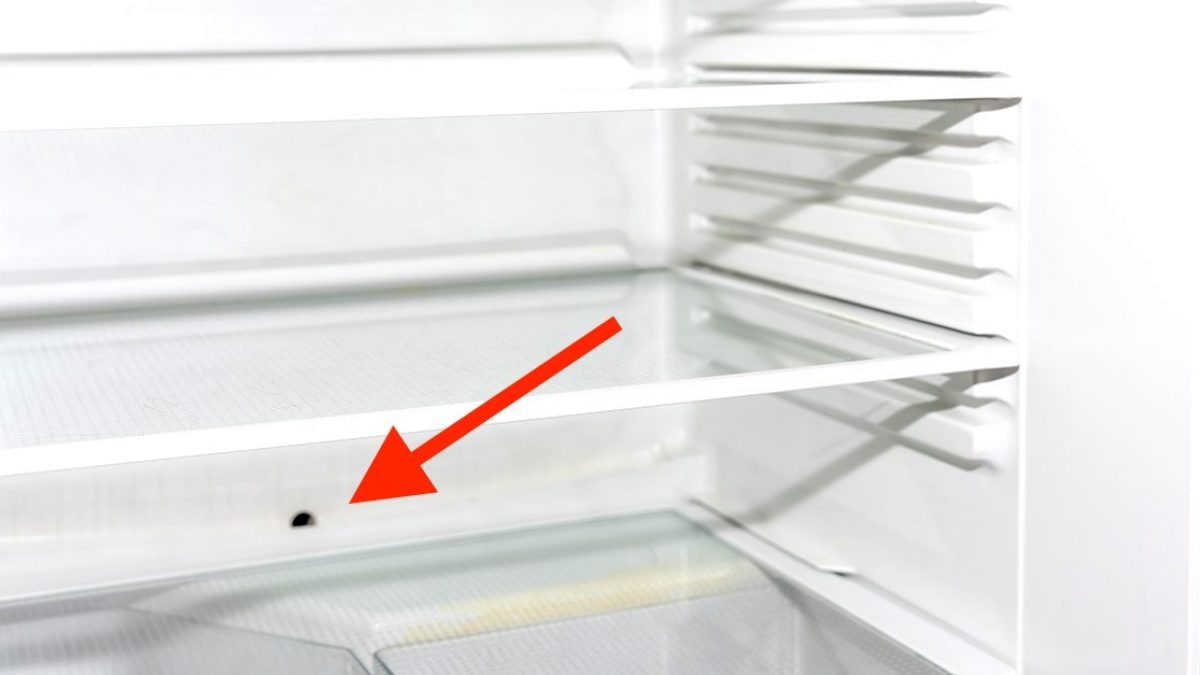
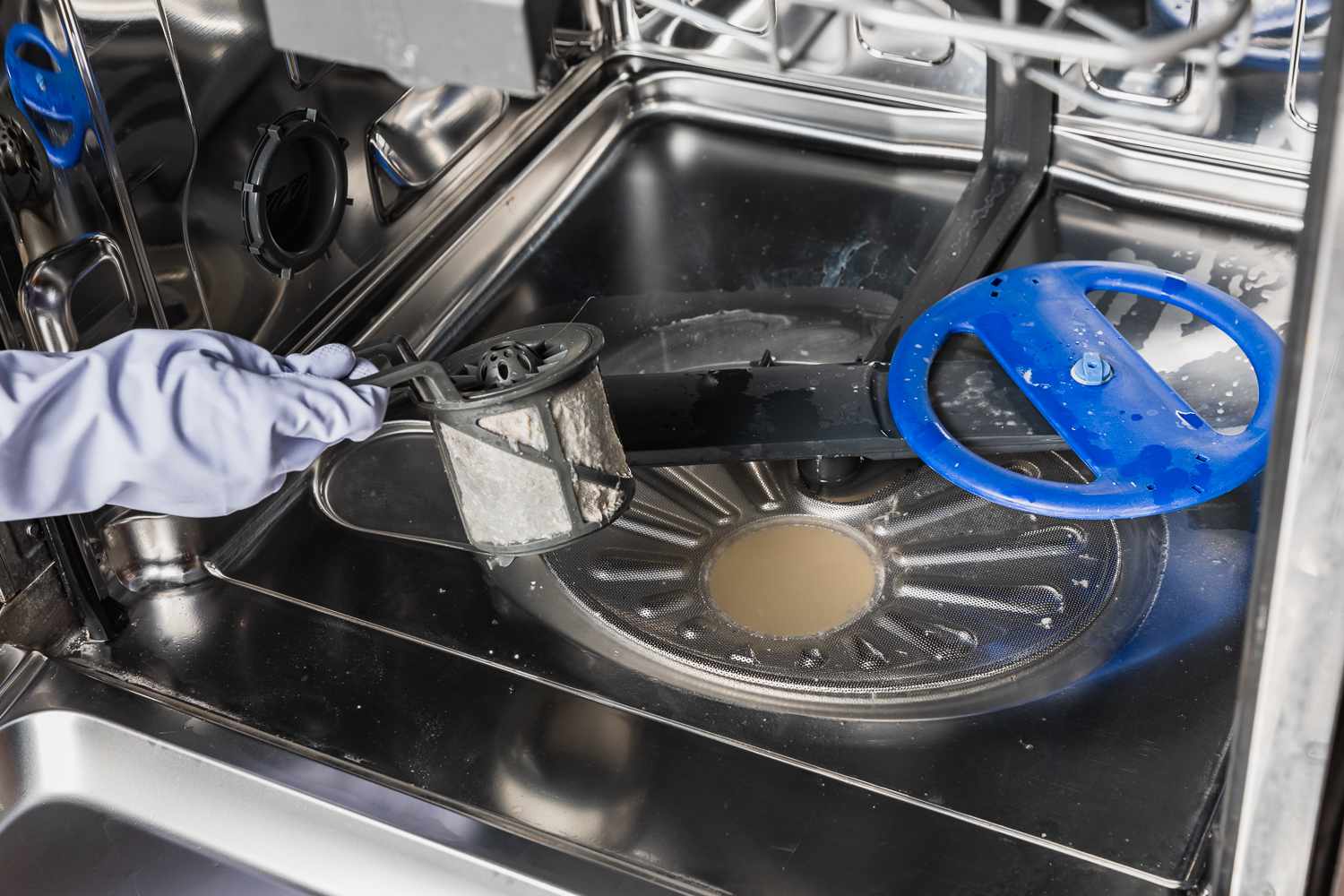
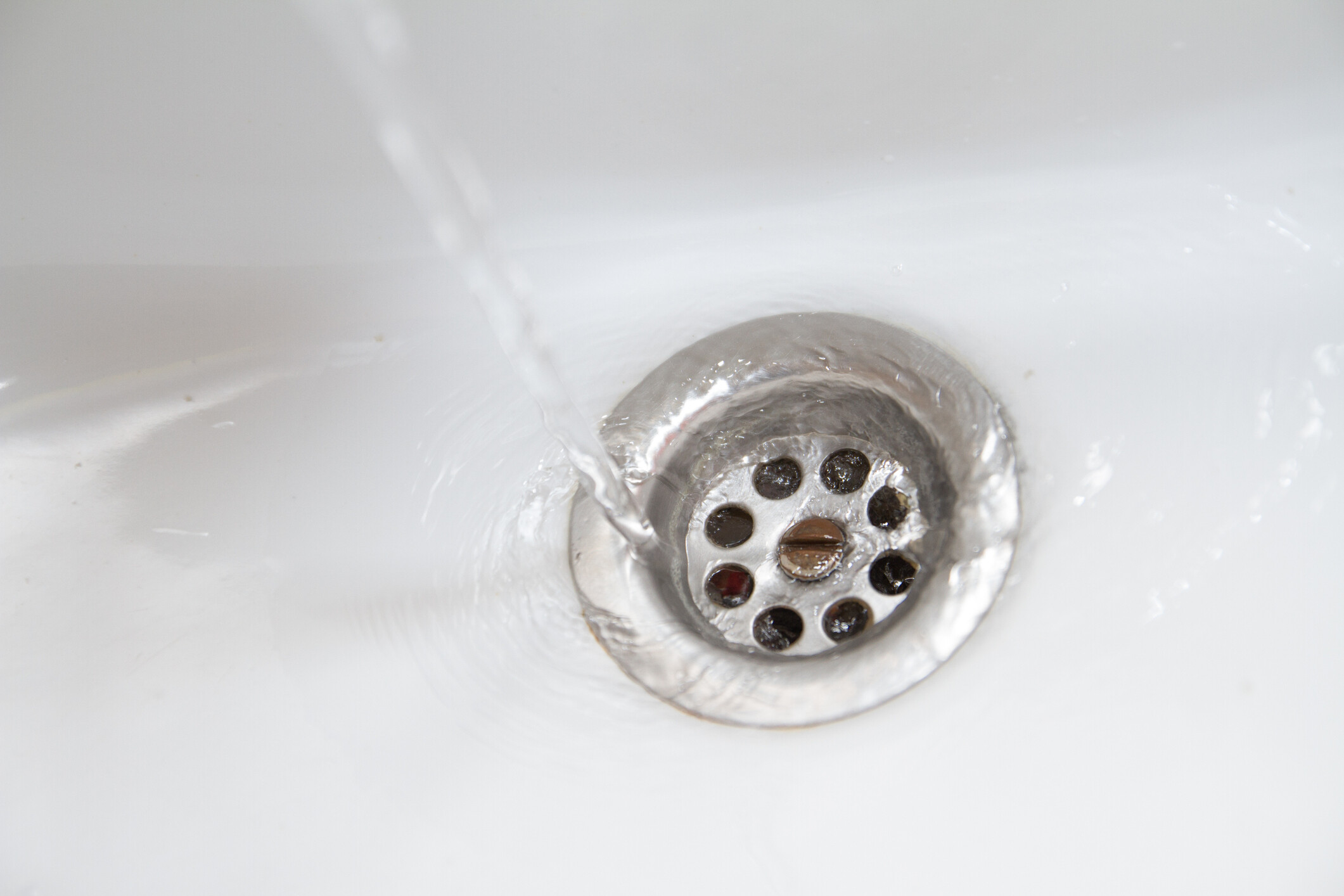
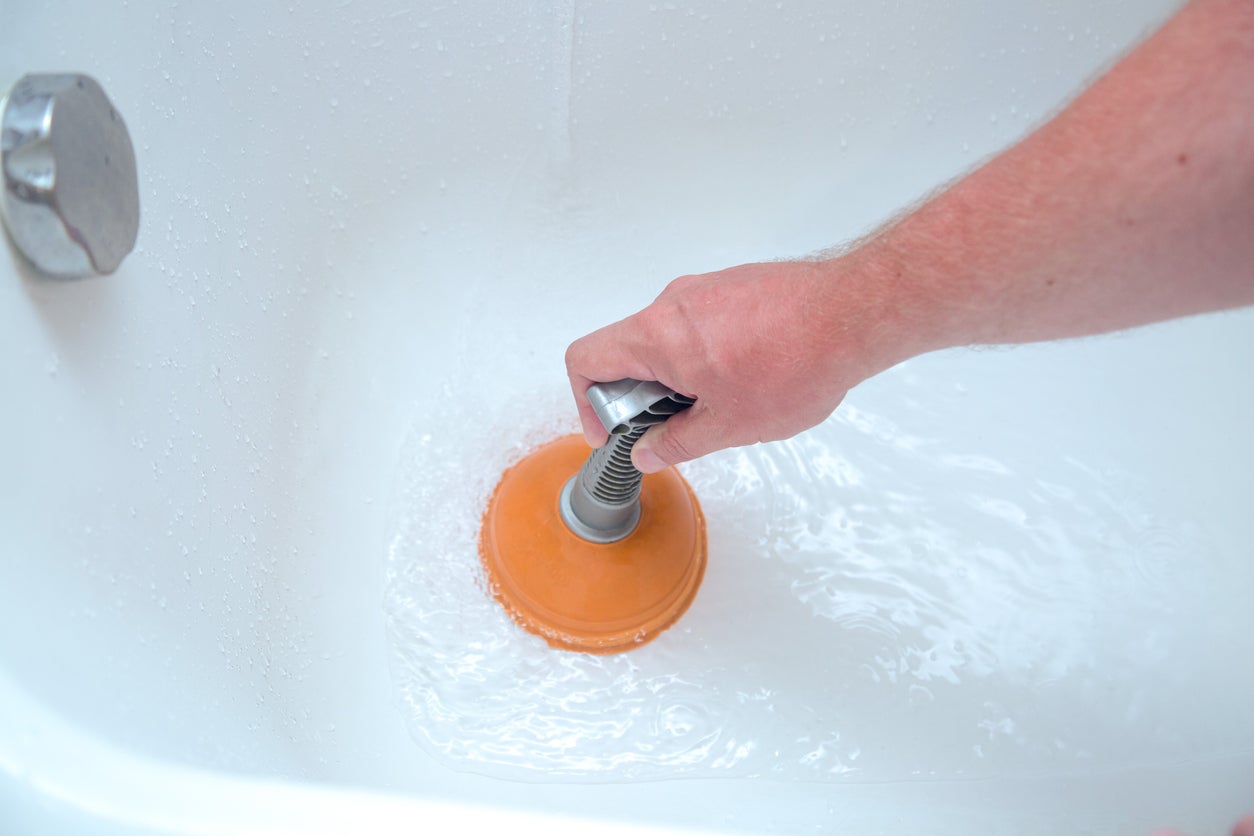
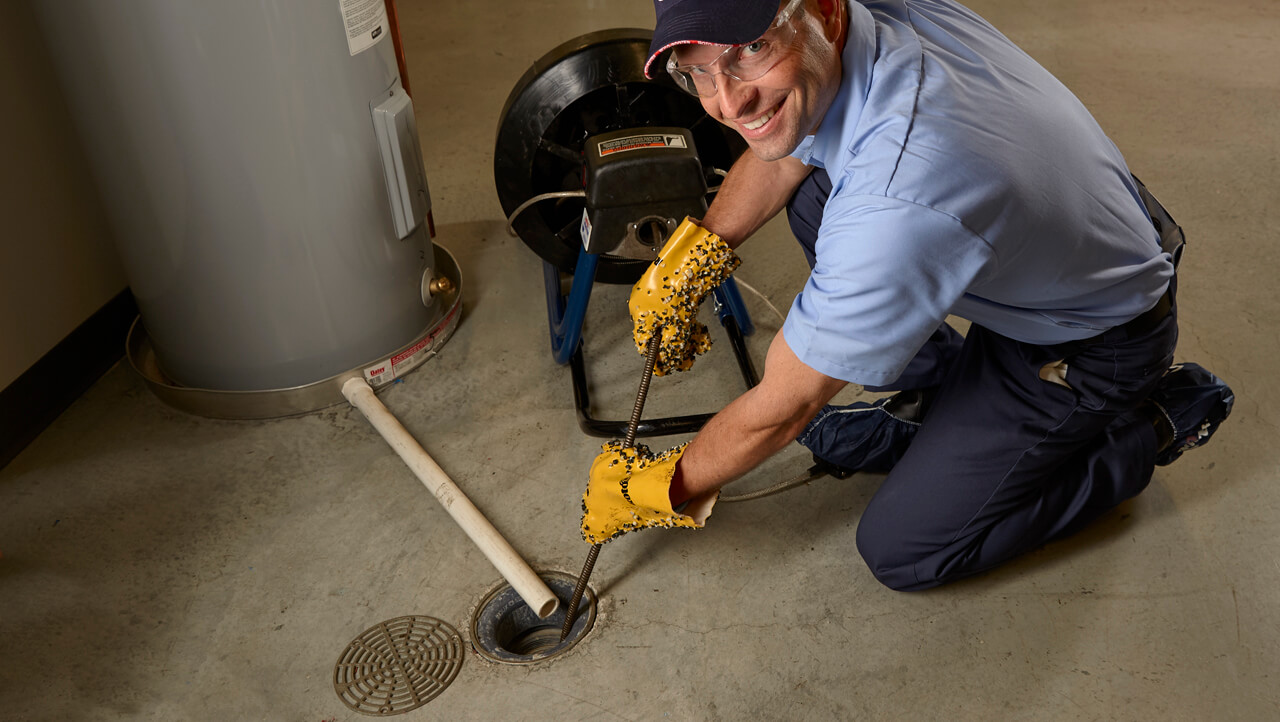

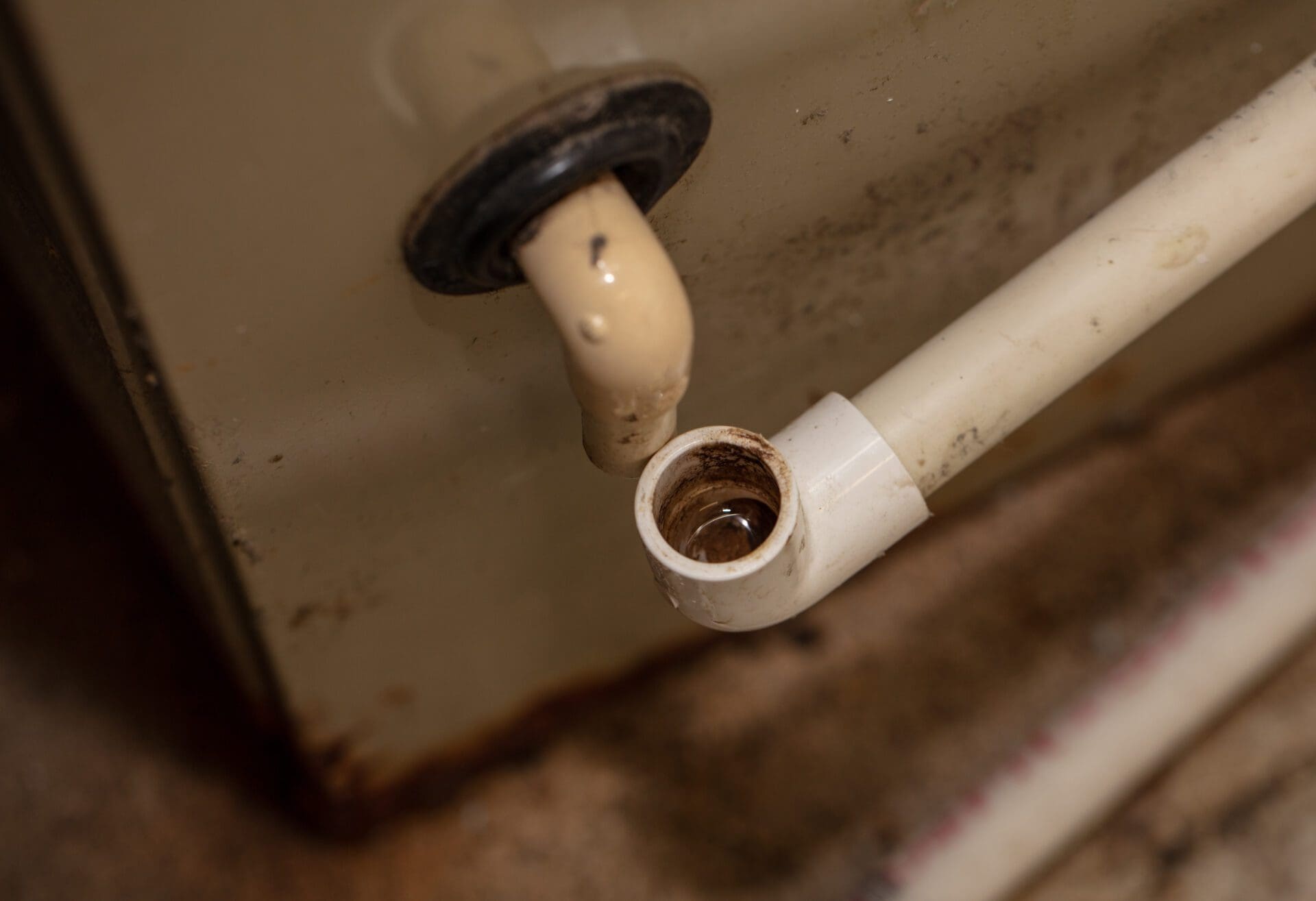
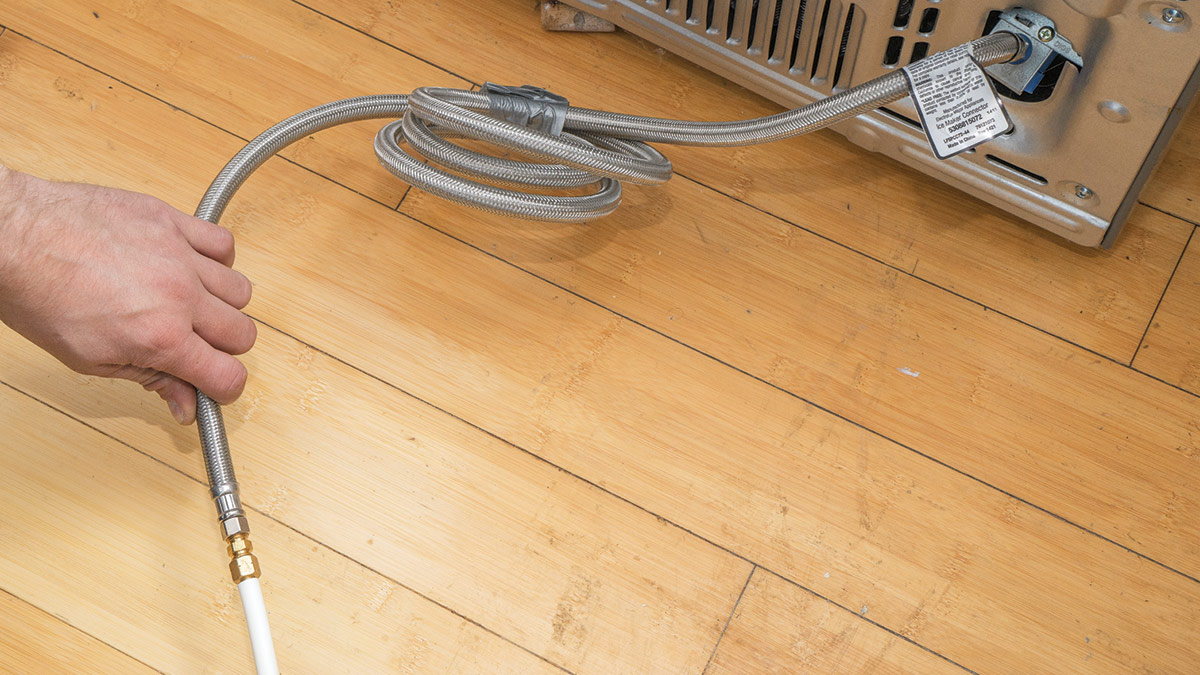
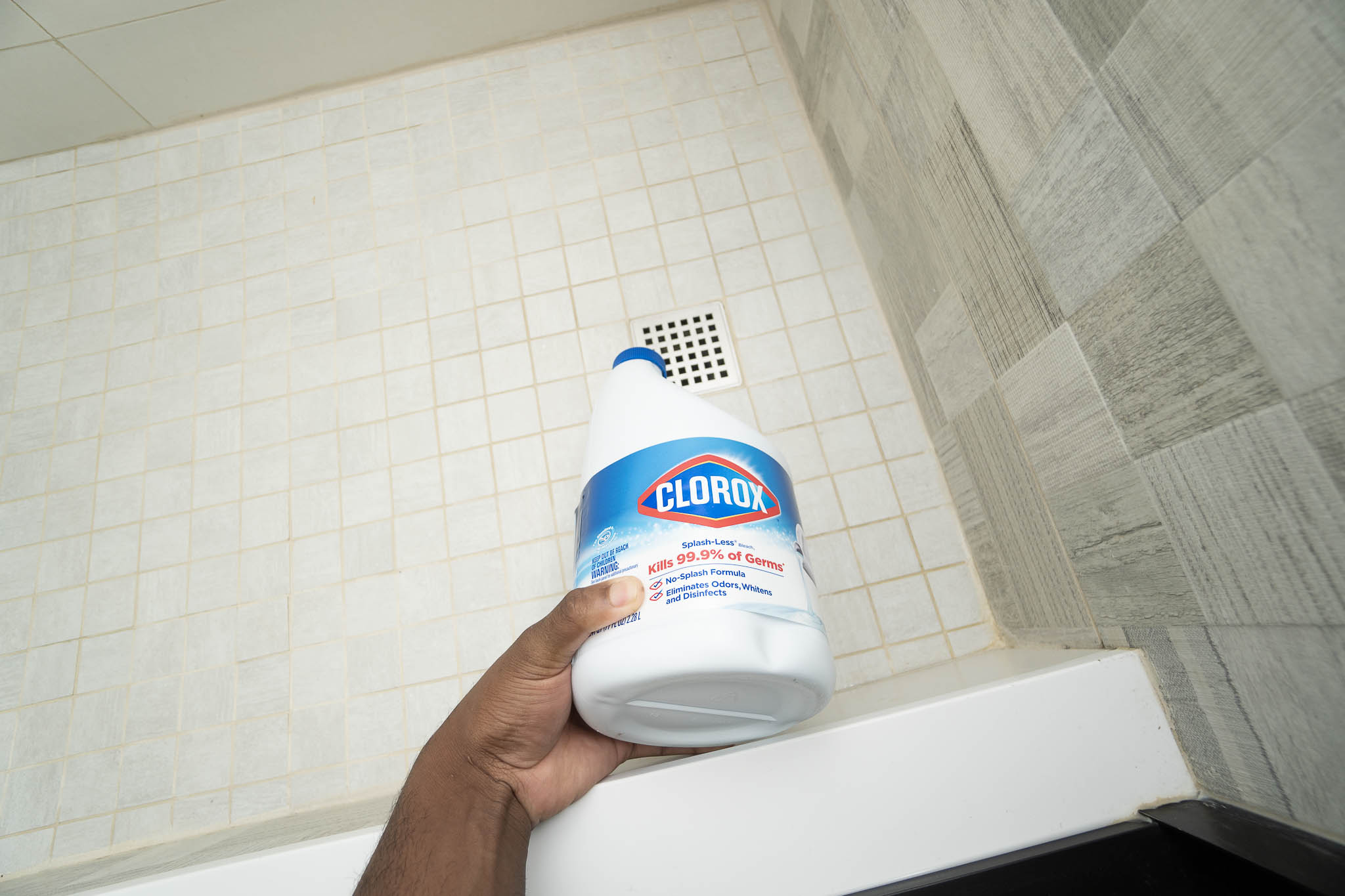
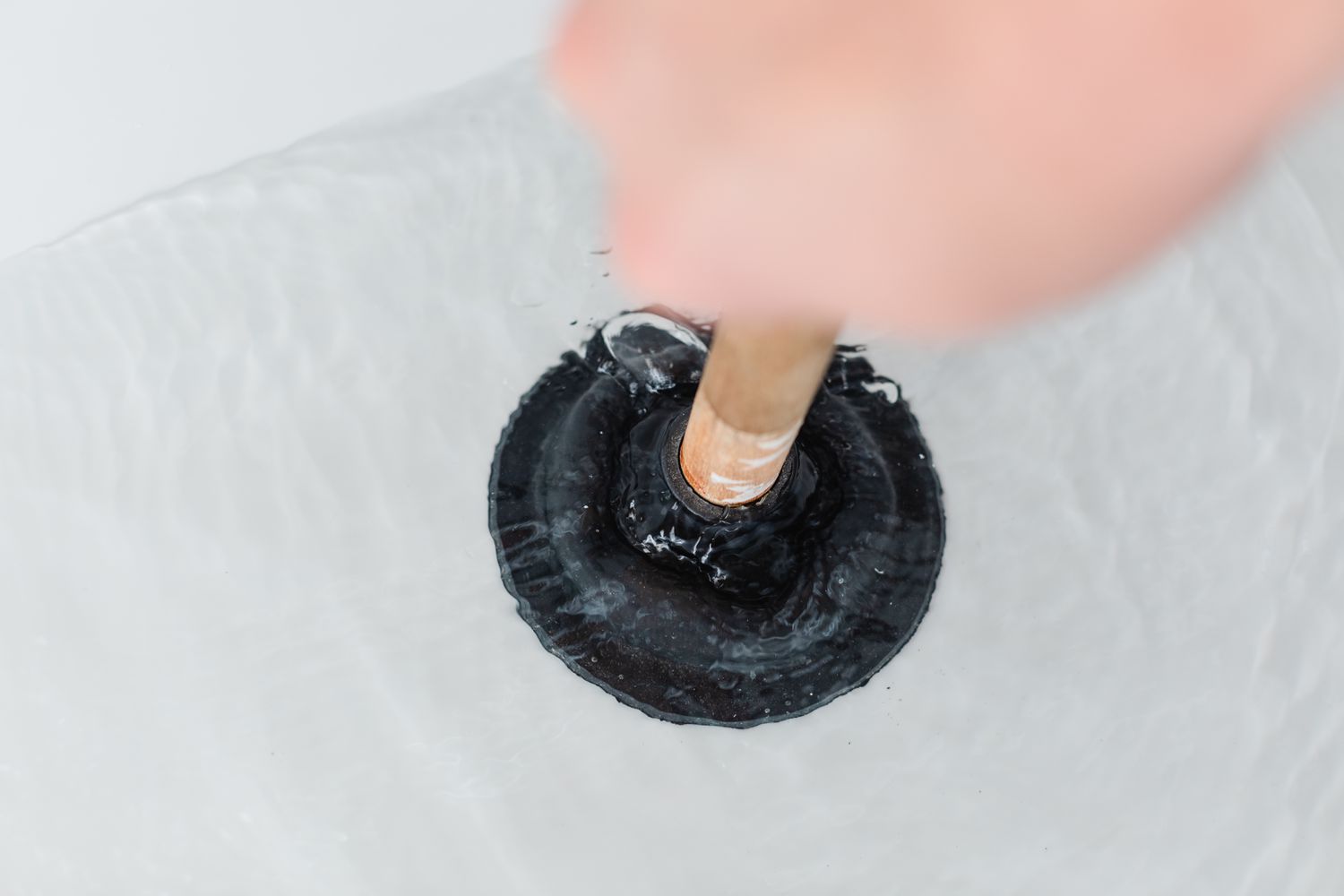
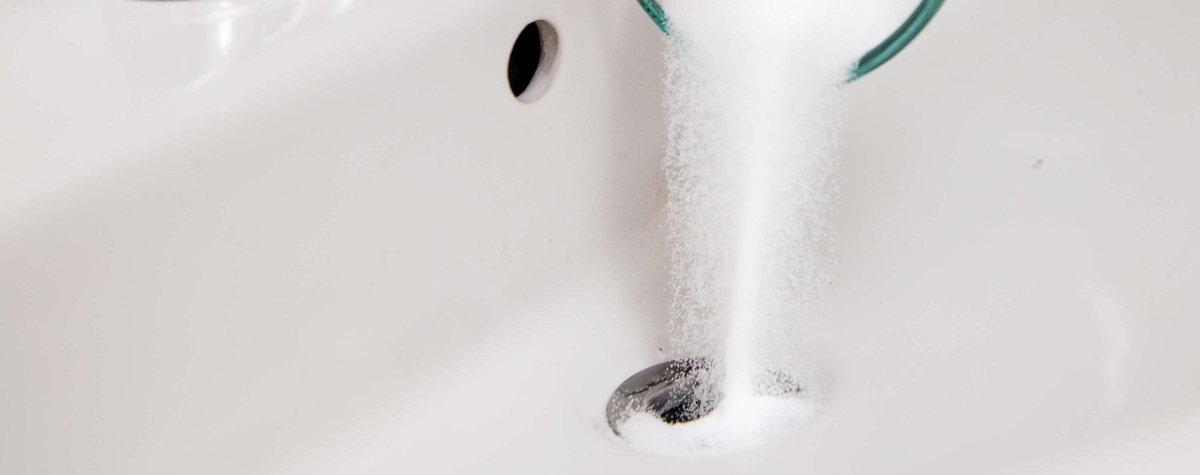
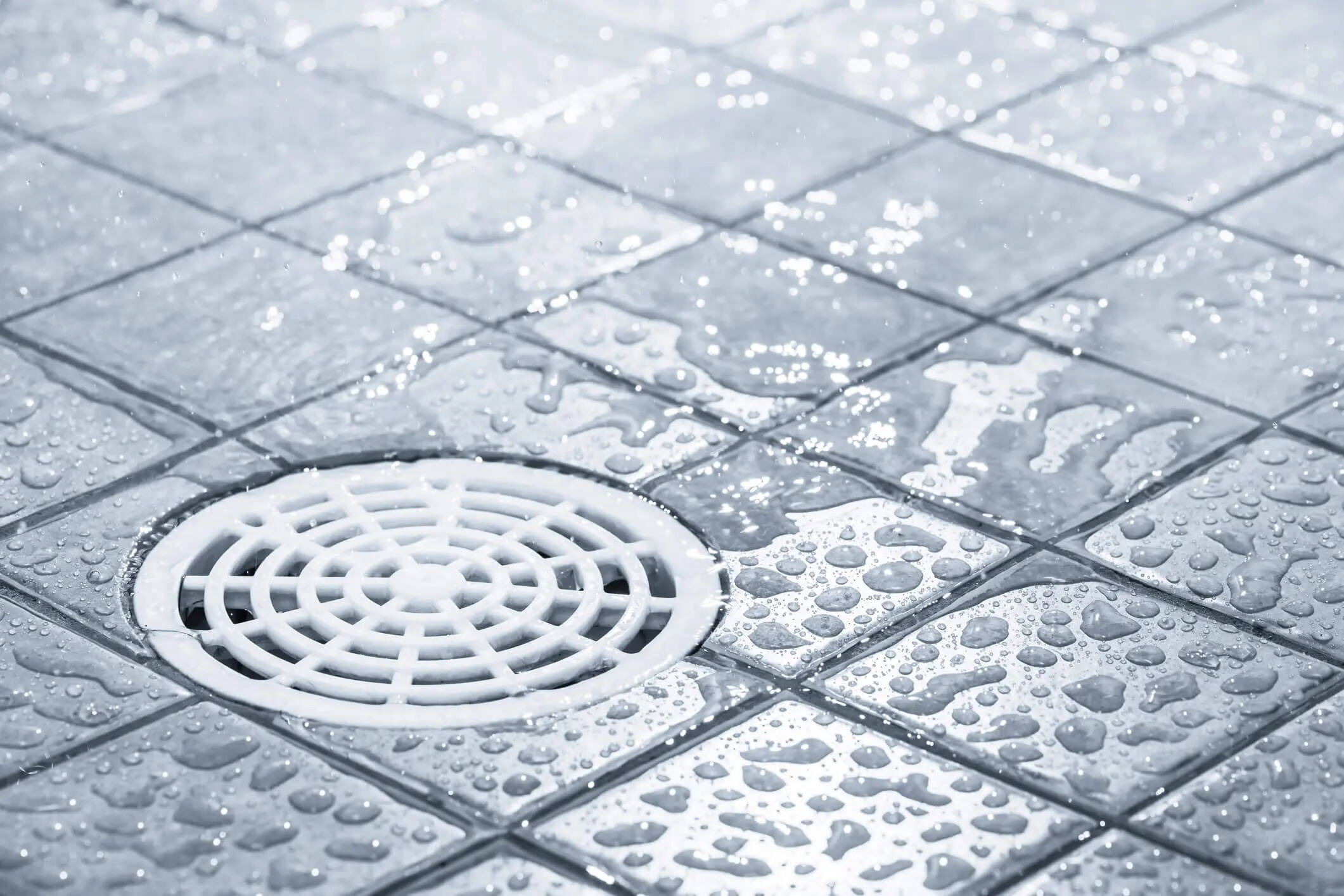

0 thoughts on “How To Unclog AC Drain Line”